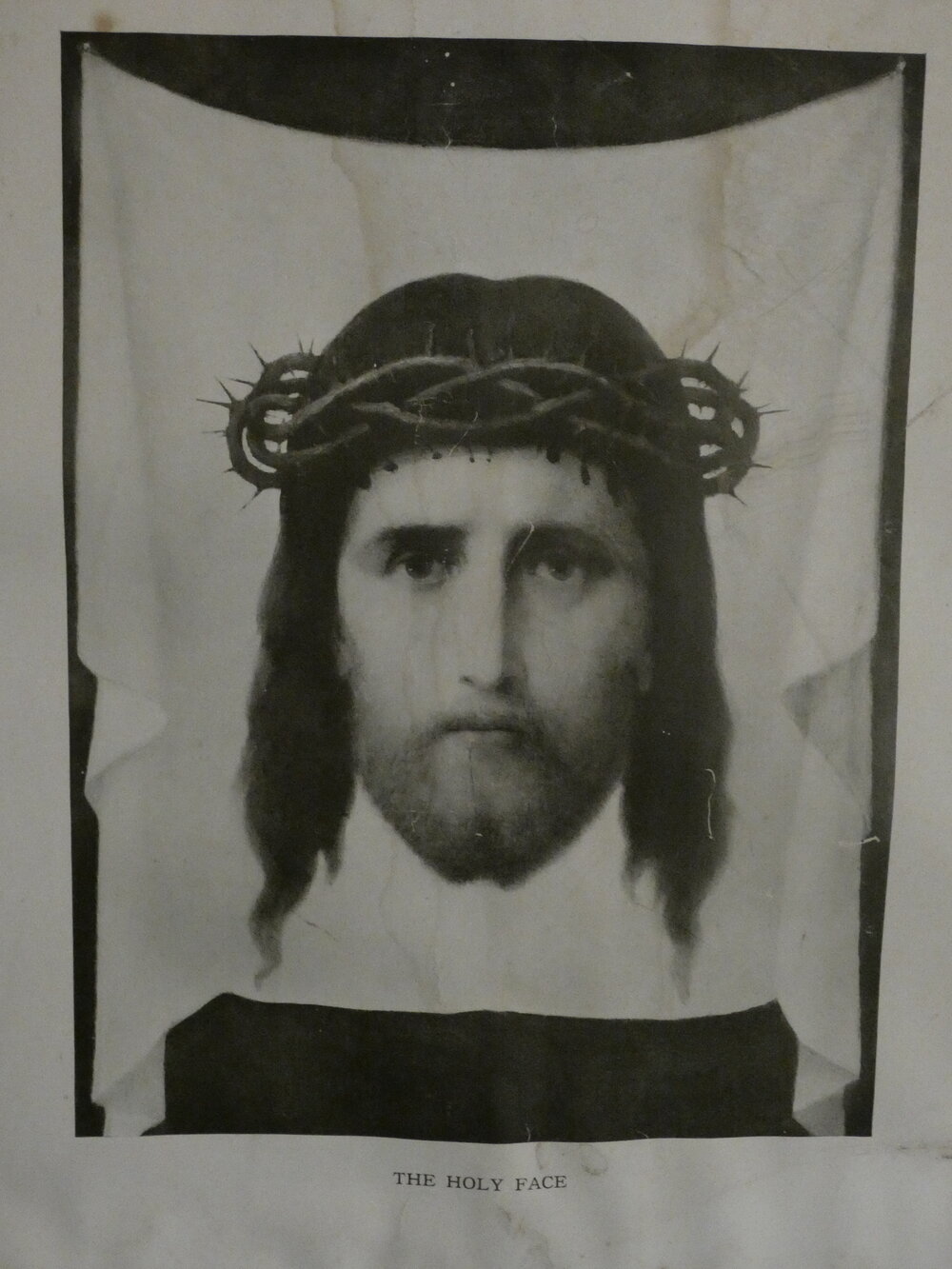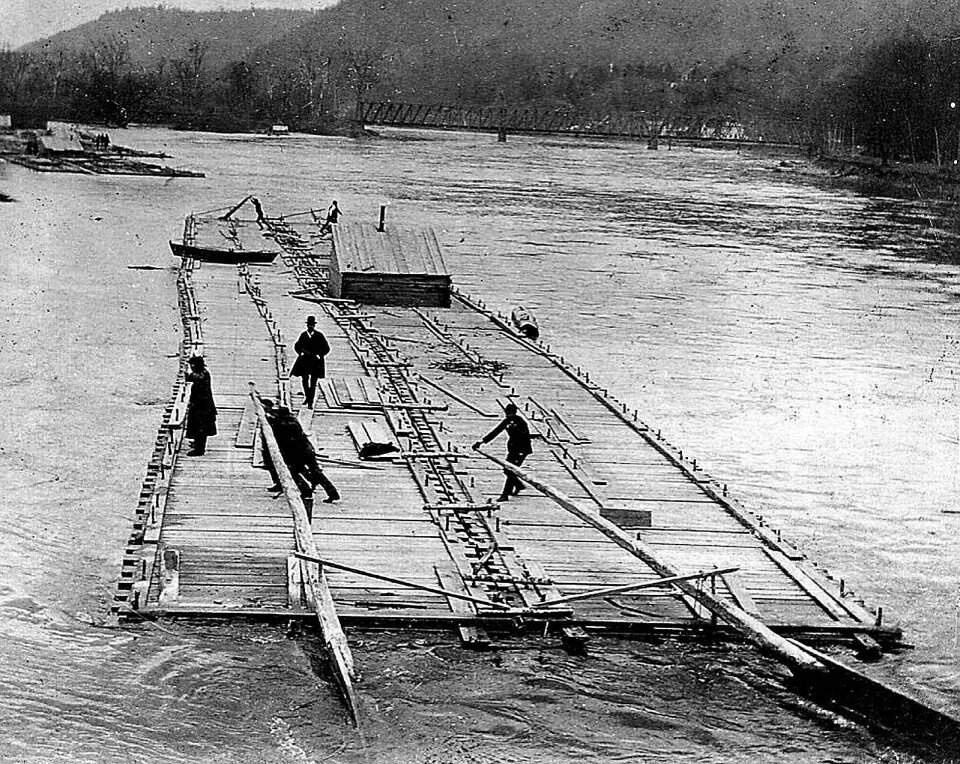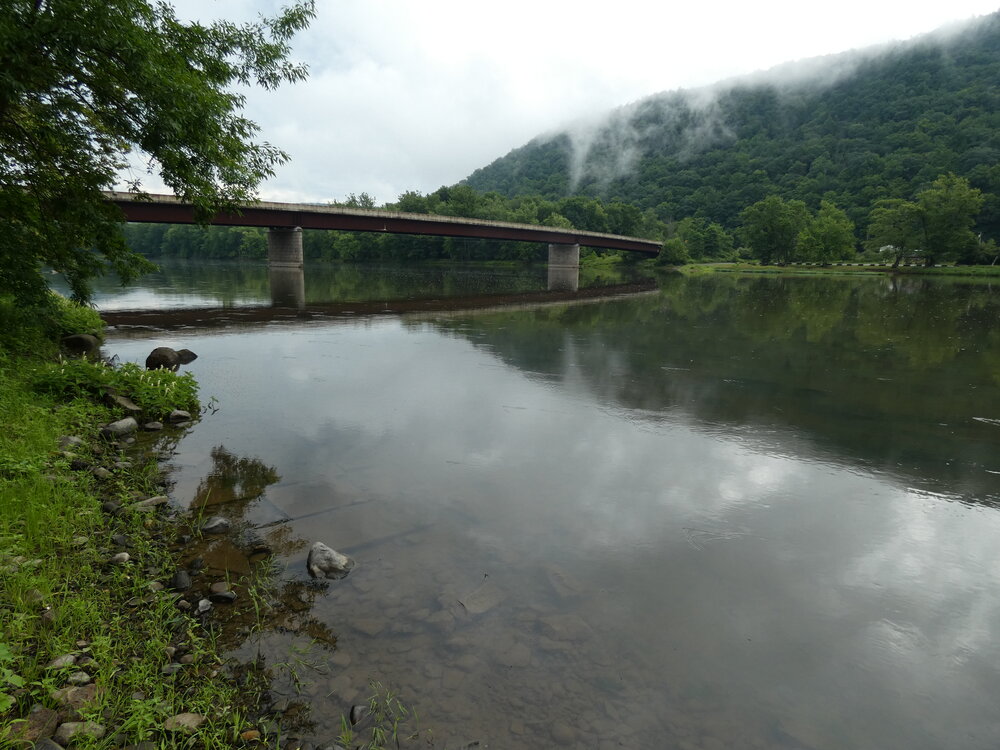![[The Ohio River Speaks] The Veil Of Unreality](https://dgrnewsservice.org/wp-content/uploads/sites/18/2020/11/OnthebanksoftheWabash.jpg)
[The Ohio River Speaks] The Veil Of Unreality
The Ohio River is the most polluted river in the United States. In this series of essays entitled ‘The Ohio River Speaks,‘ Will Falk travels the length of the river and tells her story. Find the rest of Will’s journey with the Ohio River here.
By Will Falk / The Ohio River Speaks
One of the defining questions of my life has been: How have humans been capable of pushing the planet to the brink of total ecological collapse? The answer is undoubtedly complex and one that I will likely pursue for the rest of my life. But, I’ve long thought that a major part of that answer can be found in the spiritual failings of those most responsible for the destruction.
I found support for this idea in the writings of the great Lakota scholar, lawyer, and author Vine Deloria, Jr. In his book God is Red: A Native View of Religion, Deloria argued:
“Ecologists project a world crisis of severe intensity within our lifetime, whereas religious mythologies project the end of our present existence and the eventual salvation of the chosen people and the creation of another world. It is becoming increasingly apparent that we shall not have the benefits of this world for much longer. The imminent and expected destruction of the life cycle of world ecology can be prevented by a radical shift in outlook from our present naïve conception of this world as a testing ground of abstract morality to a more mature view of this universe as a comprehensive matrix of life forms. Making this shift in viewpoint is essentially religious, not economic or political.”
As I read this quote on the banks of the Wabash (a major tributary of the Ohio River) in southern Indiana’s Harmonie State Park, I wanted my journey with the Ohio River, and the writing that comes from it, to contribute to this radical shift in outlook, this spiritual change that Deloria described. Not long after I came to this realization, however, I read a warning Deloria gave about how difficult achieving this radical shift truly will be. He wrote:
“The problem of contemporary people, whatever their ethnic or cultural background, lies in finding the means by which they can once again pierce the veil of unreality to grasp the essential meaning of their existence. For people from a Western European background or deeply imbued with Christian beliefs, the task is virtually impossible. The interpretation of religion has always been regarded as the exclusive property of Westerners, and the explanatory categories used in studying religious phenomena have been derived from the doctrines of the Christian religion. The minds and eyes of Western people have thus been permanently closed to understanding or observing religious experiences.”
As a person from a Western European background who had previously been deeply imbued with Christian beliefs, my heart sank when I read Deloria’s words that the task of piercing “the veil of unreality to grasp the essential meaning” of my existence is “virtually impossible.” However, and with a hope that this would make the late Deloria smile in whatever world he presently occupies, I used my lawyerly pedanticism to conclude that “virtually impossible” is not equivalent to “completely impossible.” Additionally, I thought I could call on the Ohio River as an ally in this endeavor.
I did not know where to start the task until I came to Deloria’s discussion of the different views of death held by Christians and what Deloria calls “American Indian tribal religions.” During this discussion, Deloria described the importance of ancestors to tribal religions:
“Most tribes were very reluctant to surrender their homelands to the whites because they knew that their ancestors were still spiritually alive on the land, and they were fearful that the whites would not honor the ancestors and the lands in the proper manner. If life was to mean anything at all, it had to demonstrate a certain continuity over the generations and this unity transcended death.”
Reading Deloria’s words reminded me of a now-famous speech made by Chief Seattle upon signing the Treaty of Medicine Creek in Washington state in 1854 (and in fact several paragraphs later Deloria quotes the speech himself.) Two of Chief Seattle’s lines echoed in my head: “To us the ashes of our ancestors are sacred and their resting place is hallowed ground. You wander far from the graves of your ancestors and seemingly without regret…”
Chief Seattle prophesied my existence. Throughout my life, I had wandered very far from the graves of my immediate ancestors in Kentucky and Indiana. After moving away from southern Indiana when I was eleven, over the next 23 years, I had lived in Utah, Ohio, Wisconsin, California, Hawaii, British Columbia, Utah (again), and Colorado. Non-coincidentally, perhaps, I had struggled so much to pierce the veil of unreality Deloria said was necessary in order to find the essential meaning of my existence that I had previously tried to kill myself. Twice.
I sat with that idea for awhile until the sound of the Wabash River bubbling over some downed trees reminded me where I was. Southern Indiana. Not far from my ancestors’ graves. A quick look at Google Maps on my phone clarified that I was only 54.4 miles from my father’s maternal grandparents’ graves in Log Creek cemetery near Stendal, Indiana.
I had never visited any grave of any of my ancestors. It was time to go.

Log Creek Chapel, near Stendal, IN
***
The Log Creek cemetery was only accessible by a series of graveled and pot-holed county roads. These roads navigated the sharp, geometric lines of Hoosier cornfields and the groves of hardwood trees that farmers had mercifully left standing as testaments to the former glory of the forests that once stretched across the region. The driver of a diesel truck carrying some sort of agricultural equipment noticed my Colorado license plate, decided I must have been lost, and sped around me, tossing gravel at the flanks of my jeep. Maples, sycamores, and oaks did their best to shower dun cornstalks in reds and golds, but in early November, the trees had already given up most of their colors.
I squeezed through a gate in the wire fence built to keep the deer out and surrounding the cemetery, and set out to find my great-grandparents’ graves. Taking photos to show my father, I took my time searching amongst the hundred or so gravestones arranged in parallel lines marching up the side of a tall hill. A few lone sycamores, a birch, and a row of red cedars stood watch over the cemetery. I found them, sat down in front of the gravestone they shared, and tried to recall everything I knew about them.
Curtis Bone and Leah Bone née Renner – buried side-by-side, and next to my grandmother’s two sisters who had died as infants – were members of the sizable German Lutheran community that settled in southern Indiana (my grandmother converted to Catholicism when she married my grandfather). Both Curtis and Leah died long before I was born. Curtis died of a stroke in 1957 before my father was one year old, even.
I wondered if they understood why I believe the Ohio River speaks, why I love the beings we share our homes with so much, why I forsook the Christianity they, and the rest of my family, had embraced.
I imagined the notion that a river can speak is something that would have sounded ridiculous, at best, and downright sacrilegious, at worst, to these plain, stolid Lutheran farmers. I guessed that – for people who were forced to rip up forests, to dam and divert creeks and streams, to combat the natural succession of plant life to grow their grains and corn ¬– my love for the Ohio River would have seemed sentimental. I feared that my rejection of Christianity would have been something they simply could not accept.
I don’t know where the notion came from, but I left an acorn on each of my little great-aunts graves. I ran back to my car and grabbed a copy of the book I wrote,How Dams Fall. On the way back, I grabbed a curled oak leaf and a big, broad sycamore leaf. Then, I picked a dandelion that managed to get a bloom in before winter. I arranged the leaves, the dandelion, and my book on the foot of their gravestone.
As I sat there, a desire to connect with my great-grandparents in the only way I still could grew within me. I wanted to touch the leaves falling from the same ancient trees who once dropped their leaves on them. I wanted to smell the same fragrances of soil and old, wet wood the earth created for them. I wanted to feel the same chill on the air the winds once brought to them.
The old Log Creek church – a simple, white box of a building that alternated between Lutheran and Baptist uses over the decades – stood at the top of another hill just to the west of the graveyard hill. In between the hills was a shallow ravine where a grove of mature oaks showered the ground with their tawny leaves. I sat at the base of the roundest oak and knew the tree must have towered over my great-grandparents as they walked by on Sundays. The oak also must have witnessed first my two little great-aunts’ burials, then Curtis’, and finally Leah’s.
I took my hat and jacket off and let the wind play with my hair. I walked up to the church. And, in the shade it created, I let the chill bite into my bones until I was too cold to stand it. I moved out under the open sky and let the sun warm me back up.
As I lingered in that autumn sunlight, it shined in an amber slant that I could almost hear ripping open the veil of unreality. I felt a continuity with previous generations of my relatives. And, in this continuity, despite my Western European background, I got a glimpse of the essential meaning of my existence.




![[The Ohio River Speaks] When History Becomes Hallucination](https://dgrnewsservice.org/wp-content/uploads/sites/18/2020/08/lumber_mill_on_five_mile_cr_allegany_ny_chamberlain_001.jpg)


![[The Ohio River Speaks] There Must Be Settler Colonialism in the Water](https://dgrnewsservice.org/wp-content/uploads/sites/18/2020/07/settler-colonialism.jpg)



